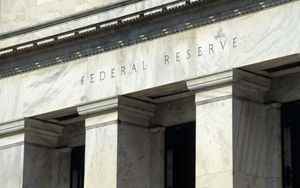(Finance) – Although economic forecasts are not as weak as in November, in a scenario characterized by high inflation, market imbalances caused by the pandemic and the increase in food and energy prices resulting from the Russian-Ukrainian conflict, the Federal Reserve has expressed the need to keep interest rates high, highlighting the risks of a premature easing of monetary policy. There is, therefore, no rate cut scheduled for 2023 and, indeed, further increases will be needed to bring inflation under control, at 2%. This is what emerges from Federal Open Market Committee (FOMC) December 13-14 meeting minutesthe Fed body responsible for US monetary policy.
Widespread fears among central bank members emerge from the Fed’s minutes for theinvestor optimism about the end of the rate hike cycle. An optimism that could make it more difficult to slow down the economy and fight inflation. “An unwarranted easing of financial conditions, prompted by a false perception” about how the Fed might react to new economic data – the minutes read – risks “complicating efforts to restore price stability”. The minutes make clear the need for the central bank to have much more evidence before it is convinced that price pressures are under control.
“A restrictive monetary policy could be maintained until data shows that inflation is not on a sustained trajectory towards 2%,” the Fed says, adding that a slowdown in the rate of hikes does not indicate a “weakening determination to hit the target price stability”.
Last December at the meeting, the FOMC announced a toincrease interest rates by 50 basis points to 4.25%-4.5%the highest level since 2007, following four consecutive 75 basis point hikes.
At that meeting, the FOMC announced a increase interest rates by 50 basis points to 4.25%-4.5%the highest level since 2007, and the seventh consecutive rate hike.
